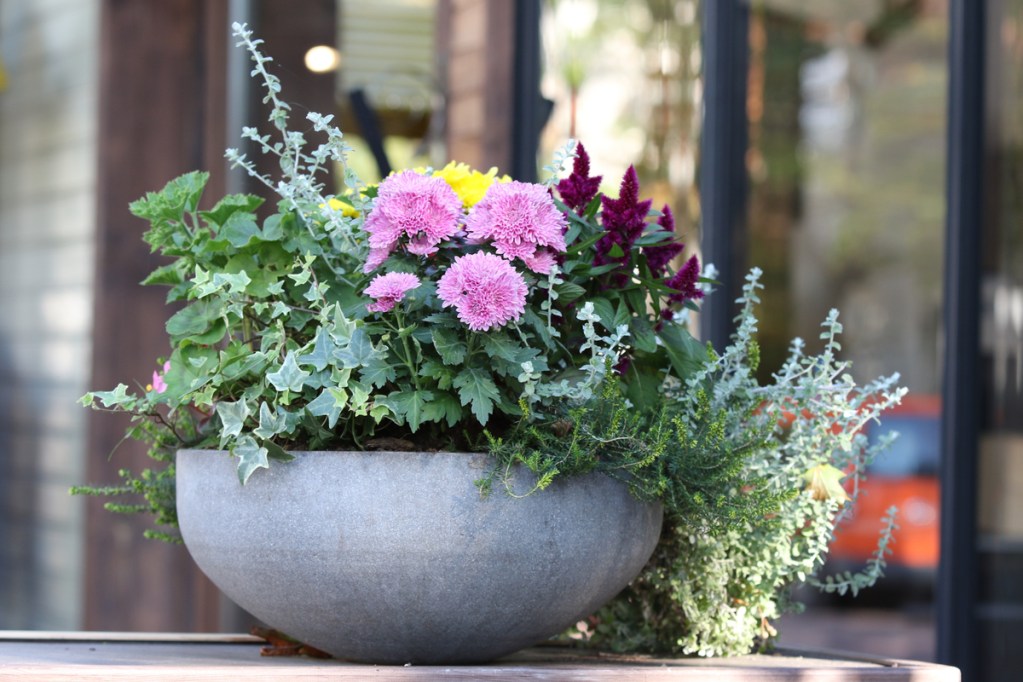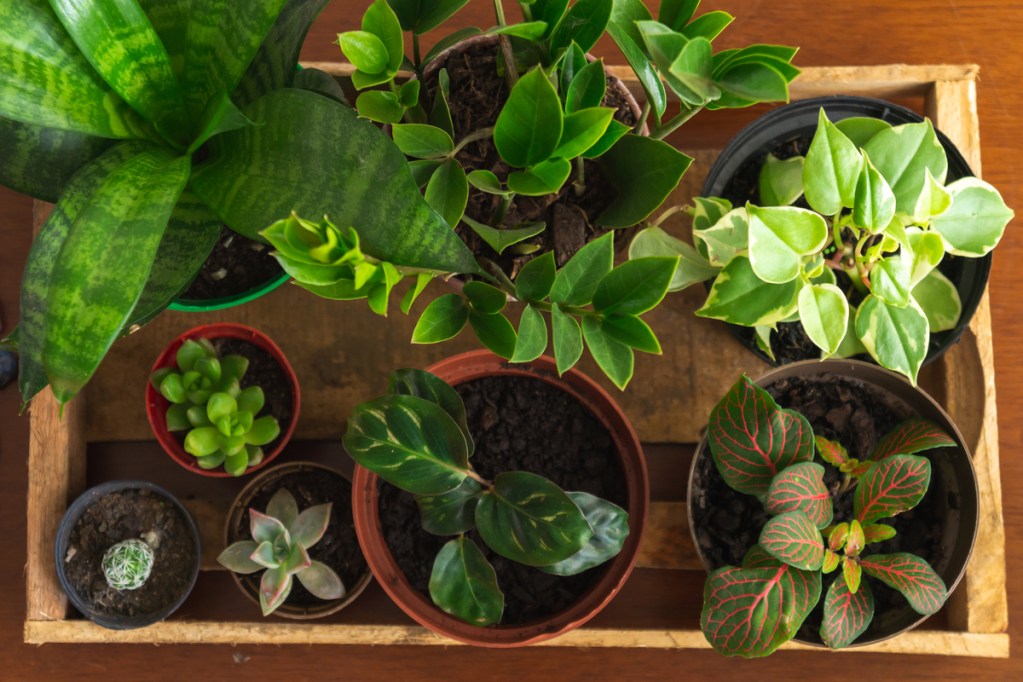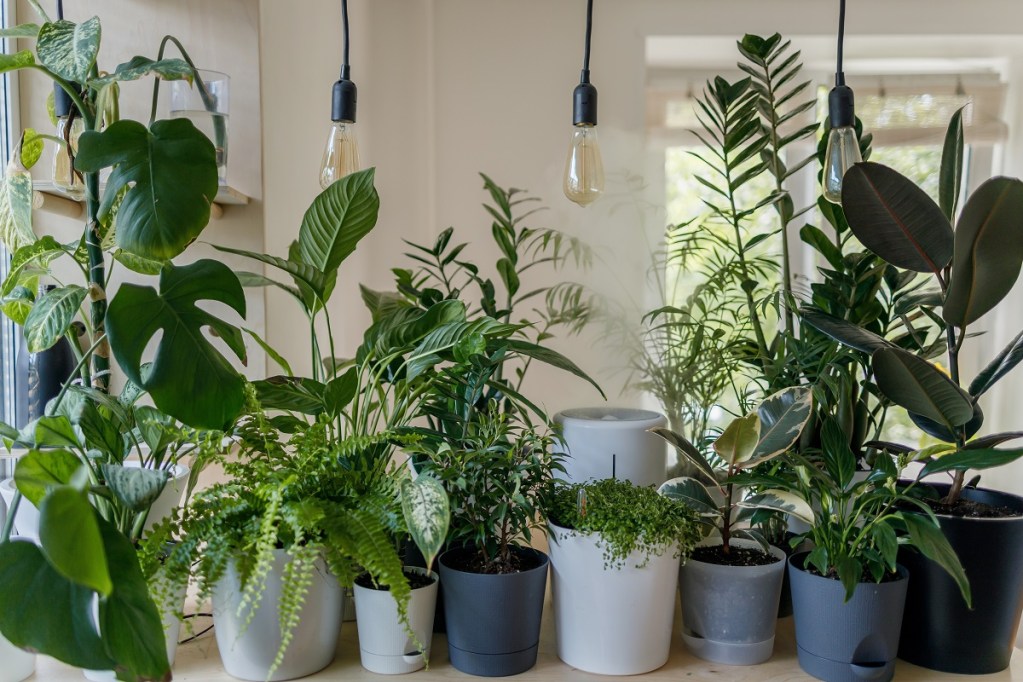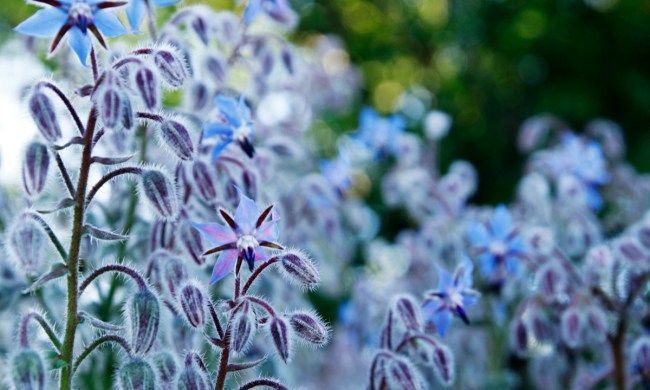People and animals tend to do better with company, but did you know that the same is also true of plants? Some plants share spaces well with others, and some even thrive in specific pairings! If you want to find out what the best indoor plant combinations are, you’ve come to the right place.

Peace lilies and pothos
Peace lilies and pothos both enjoy consistent watering and bright indirect light. Peace lilies can get quite tall and require occasional repotting. Pothos, meanwhile, are vining plants, and they can get pretty long. Caring for a pothos plant is relatively easy as it is, quite frankly, difficult to kill.
There are different varieties of pothos with different leaf patterns, so it’s easy to find one that fits your general aesthetic. Peace lilies have very distinctive white flowers, which fit well in any room. An added benefit of peace lilies is that they help with allergies.
If you’re feeling adventurous, or at least want to look like you are, you can even add a third or fourth plant to this combination provided you have the room! There are a lot of compatible plants, including calatheas, episcia, arrowhead plants, and spider plants.

Fig ivies and caladiums
These are both foliage plants, but don’t think that means they’re boring! These plants both come in a stunning array of colors and patterns. They enjoy a lot of indirect light and consistently moist soil. Both of these plants can grow quite big, depending on the variety, but also have smaller sizes available.
The fig ivy is a vining plant, and it’s great for hanging baskets. It can also be trained into a frame, giving your planter a living sculpture vibe. The caladium, on the other hand, grows large, heart-shaped leaves. This combination can make for a very interesting visual. You could even create a lovely, low-hanging basket for them!

Prayer plants and ferns
Prayer plants and ferns are a match made in heaven. If you can manage to keep up with their moisture needs, you’ll be able to enjoy a lush indoor paradise. Both love high levels of humidity and prefer moderately moist soil. These two plants will also love their fair share of bright indirect light, although you may be able to get away with providing them medium levels of light. Additionally, both prayer plants and ferns can be propagated by division.
Prayer plants include calatheas, ctenanthe, stromanthes, and marantas, so your options are pretty broad when it comes to different types of foliage and growth patterns. They tend to open during the day and fold up at night, so you’ll also be able to enjoy their dynamic movements. Ferns are fairly diverse as well, although most tend to have fronds, or divided leaves. Between splashy patterns on prayer plants and textured fronds, this combination will be a sight to behold.

What does it mean for plants to be compatible?
There are a couple of ways for plants to be compatible. First of all, plants are compatible if they have the same needs. For example, two plants that both need shade, mild temperatures, and lots of water are compatible and can be easily grown together.
Plants are also compatible if they complement one another’s needs. If one plant needs a lot of nitrogen, and the other is a nitrogen fixer — which means it takes nitrogen from the air and puts it into the soil — then those plants are compatible. Likewise, if one plant is tall, with big leaves and a need for sun, but the other plant is smaller and likes shade, the first plant can provide shade for the second plant.

Scientists have discovered that plants can and do communicate with each other, albeit differently than people or animals do. Plants communicate through chemical signals sent through the air and soil. In the wild, most plants grow with other plants. If nothing else, having compatible plants means giving your plant a conversation partner!

How can I find a good match for my plants?
A good place to start is by researching your plant’s particular needs and looking for plants with similar preferences. For example, you might look for plants that are native to the same regions as your plant. You can also look to see if there are common combinations involving your plant.
Keep in mind that you may have to repot your existing plant in order to replant it with its new friend. Repotting can be a stressful time for plants, so be sure to be gentle on its roots. Make sure that your new pot is big enough for both plants, too. As any college student can tell you, there’s nothing quite like being forced to share a space that’s too small.
Some other pairings you might consider include:
- Monstera deliciosa and philodendron
- Snake plants and ZZ plants
- Sansevieria and green hoya
- Ferns and prayer plants
As you can see, there are plenty of plants to mix and match. Start with thinking about your home’s environment and go from there. Now that you know the basics of indoor companion planting, you’ll be able to form plenty of striking, prolific green partnerships.




